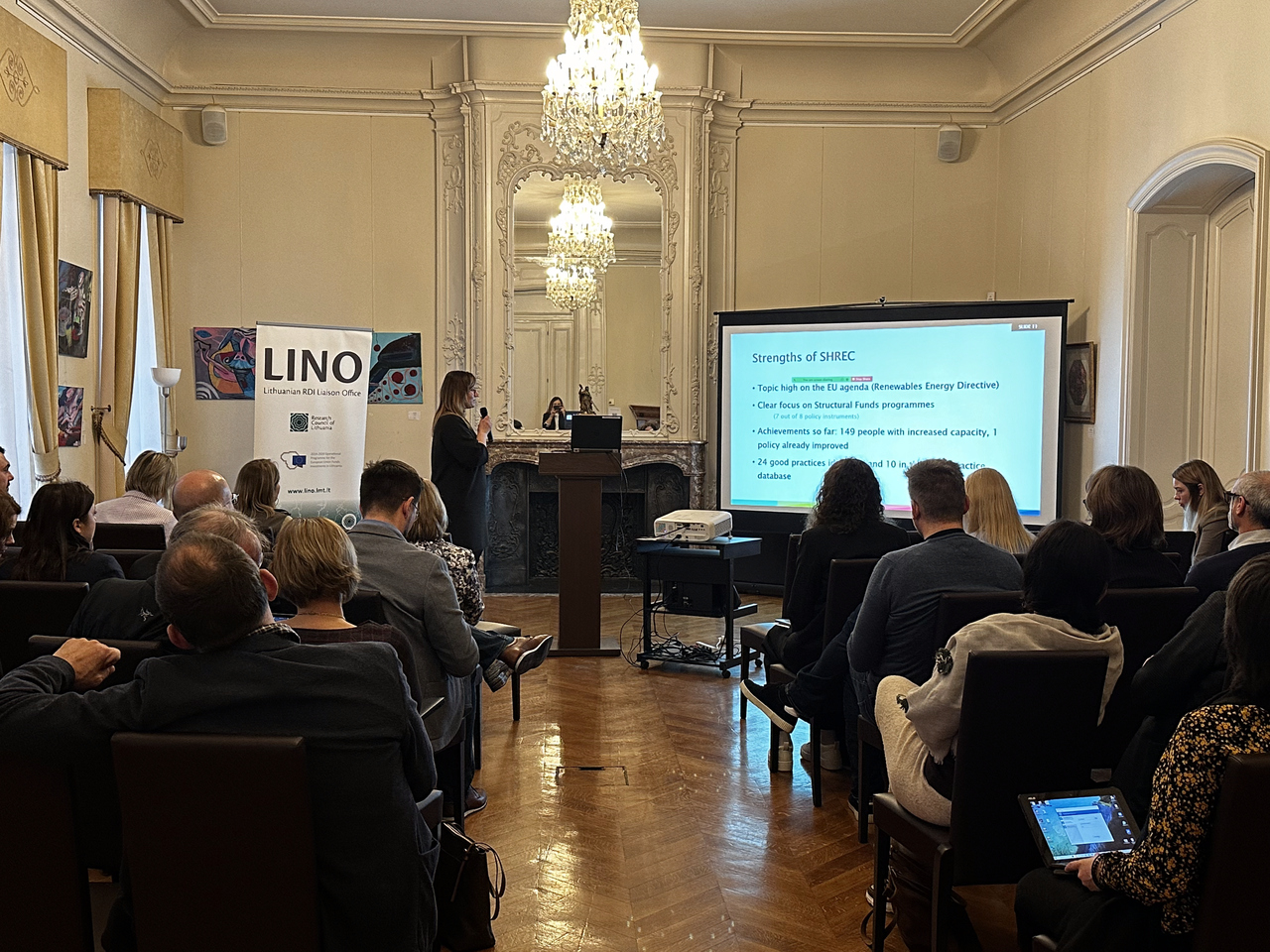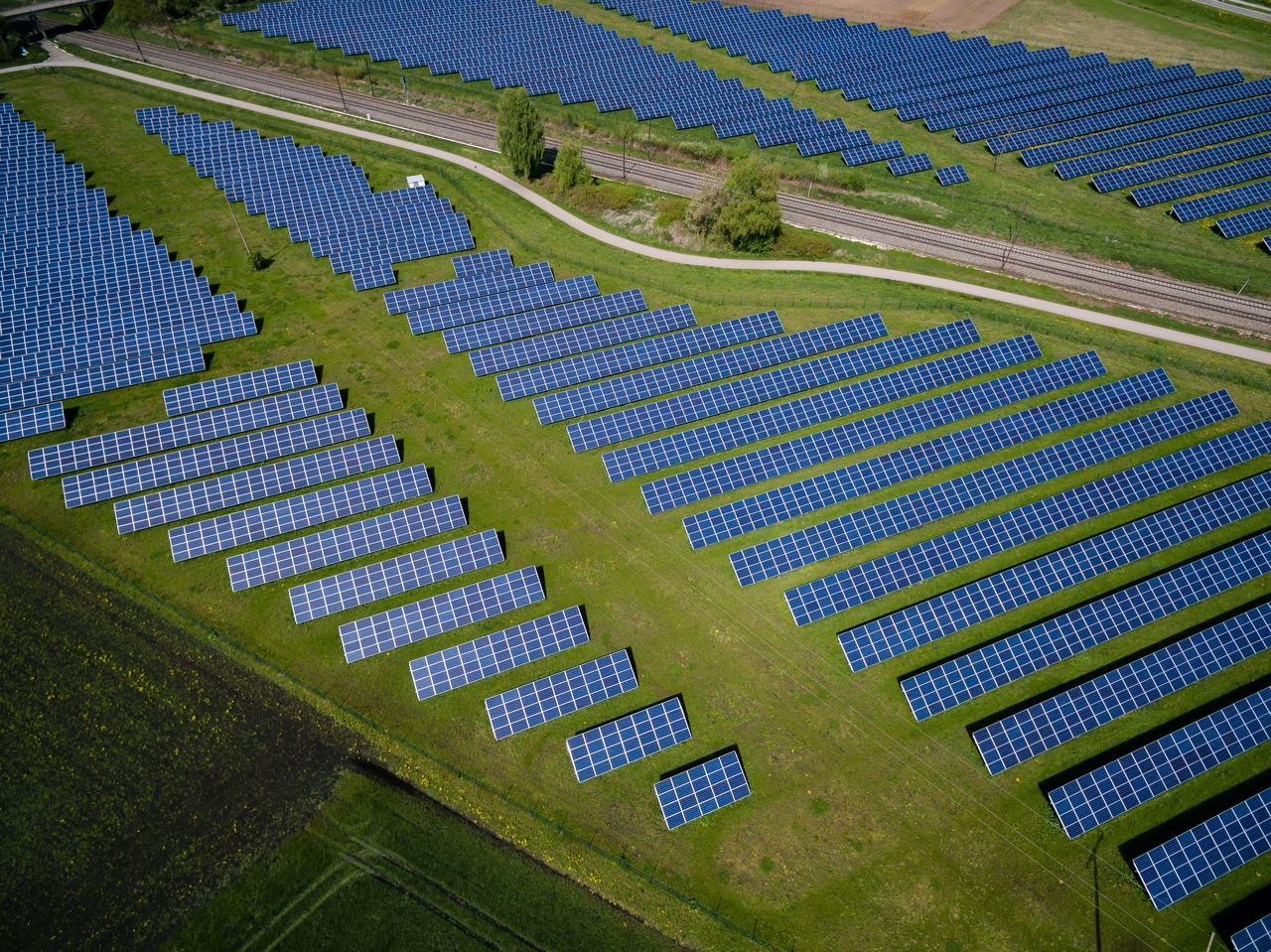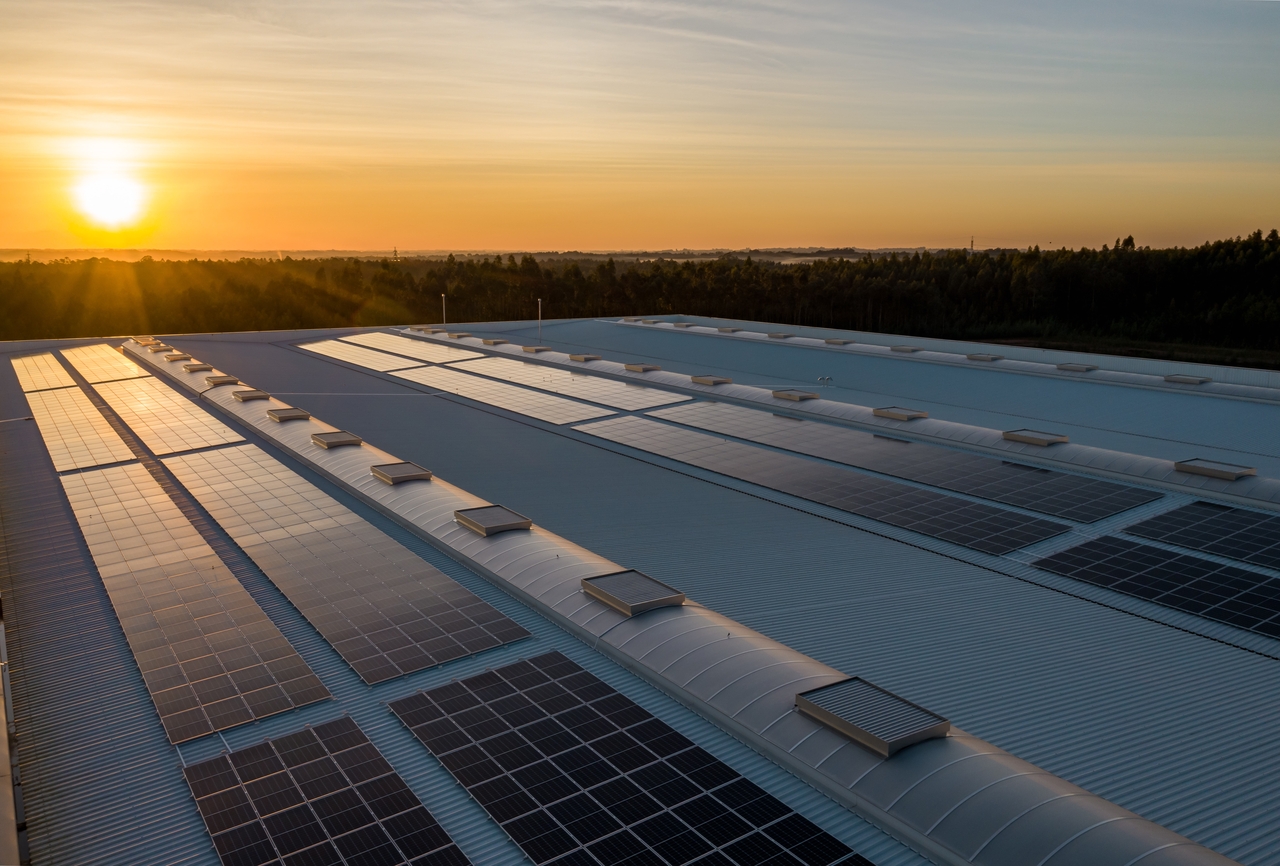The European Commission has published its Renovation Wave Strategy to improve the energy performance of buildings. The Commission aims to at least double renovation rates in the next ten years and makes sure renovation lead to higher energy and resource efficiency. This will enhance the quality of life for people living in and using the buildings, reduce Europe’s greenhouse gas emissions, foster digitalization and improve the reuse and recycling of materials. By 2030, 35 million buildings could be renovated and up to 160,000 additional green jobs created in the construction sector.
Buildings are responsible for about 40% of the EU’s energy consumption and 36% of greenhouse gas emissions. But only 1% of buildings undergo energy-efficient renovation every year, so affection action is crucial to making Europe climate-neutral by 2050. With nearly 34 million Europeans unable to afford keeping their homes heated, public policies to promote energy-efficient renovation are also a response to energy poverty, support the health and wellbeing of people and help reduce their energy bills. The Commission has also published recently a Recommendations for the Member States on tackling energy poverty.
Executive Vice-President for the European Green Deal, Frans Timmermans said: “We want everyone in Europe to have a home they can light heat, or cool without breaking the bank or breaking the planet. The Renovation Wave will improve the places where we work, live and study while reducing our impact on the environment and providing jobs for thousands of Europeans.”
Commissioner for Energy, Kadri Simson, said: “The green recovery starts at home. With the Renovation Wave, we will tackle the many barriers that today make renovation complex, expensive and time-consuming, holding back much needed action. We will propose better ways to measure renovation benefits, minimum energy performance standards, more EU funding and technical assistance encourage green mortgages and support more renewables in heating and cooling. This will be a game changer for home-owners, tenants and public authorities.”
The Strategy will prioritize action in three areas: decarbonization of heating and cooling; tackling energy poverty and worst-performing buildings; renovation of public buildings such as schools, hospitals and administrative buildings.
The Strategy will include the following lead actions:
• Stronger relations, standards and information on the energy performance of buildings to set better incentives for public and private sector renovations;
• Ensuring accessible and well targeted funding, including through the “Renovate” and “Power Up” Flagship in the Recovery and Resilience Facility under NextGenerationEU, simplified rules for combining different funding streams and multiple incentives for private financing;
• Increasing capacity to prepare and implement renovation projects, from technical assistance to national and local authorities through to training and skills development for workers in new green jobs;
• Expanding the market to sustainable construction products and services, including the integration of new materials and nature-based solutions, and revised legislation on the marketing of construction products and material reuse and recovery targets;
• Creating a New European Bauhaus, an interdisciplinary project co-steered by an advisory board of external experts including scientists, architects, designers, artist, planners and civil society.
• Developing neighbourhood-based approached for local communities to integrate renewable and digital solutions and create zero-energy districts, where consumers become prosumers selling energy to the grid.
The Review of the Renewable Energy Directive in June 2021 will consider strengthening the renewable heating and cooling target and introducing a minimum renewable energy level in buildings. The Commission will also examine how the EU budget resources alongside the EU Emissions Trading System (EU ETS) revenues could be used to fund national energy efficiency and savings schemes targeting lover income populations.
Background
The COVID-19 crisis has turned the spotlight on our buildings, their importance in our daily lives and their fragilities. Throughout the pandemic, the home has been the focal point of daily life for millions: an office for those teleworking, a make-shift nursery or classroom for children and pupils, for many a hub for online shopping or entertainment. Investing in buildings can inject a much-needed stimulus into the construction sector and the macroeconomy.
European policy and funding have already had a positive impact on the energy efficiency of new buildings, which now consume only half the energy of those built over 20 years ago. However, 85% of buildings in the EU were built over 20 years ago, and 85-95% are expected to still be standing in 2050. The Renovation Wave is needed to bring them up to similar standards.












